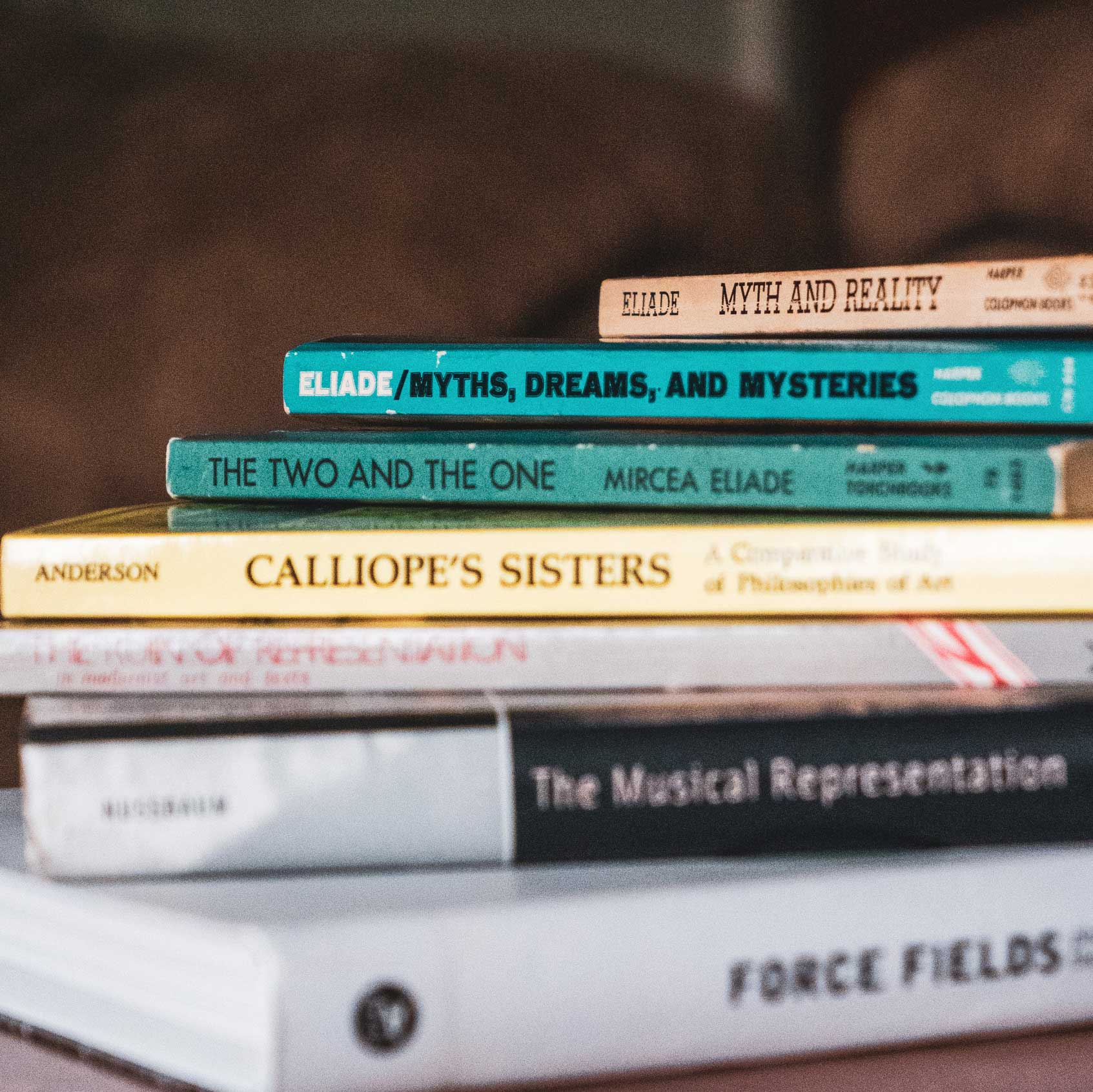
the booklist™

the booklist™
Below is a short list of books and essays and pieces and other works of art that have been important in shaping my artistic outlook, that I think are generally dope, or that I’m currently super obsessed with.
Not sure about availability of all of these but I recommend them highly.
• • •
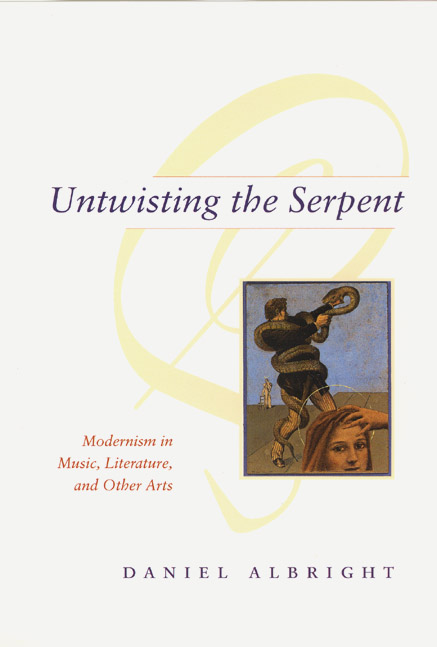
Untwisting The Serpent by Daniel Albright
Non-Fiction • Essays • Æsthetics • Intermedia
This book changed my life and taught me many things I wish I’d learned at the onset of my artistic journey: Untwisting the Serpent is a brilliant exploration of Intermedia and Modernist æsthetics.
Albright’s writing is dense but extremely clear, down to earth, insightful, and humorous. While this list is basically unordered, this book, specifically, is at the top for a reason.
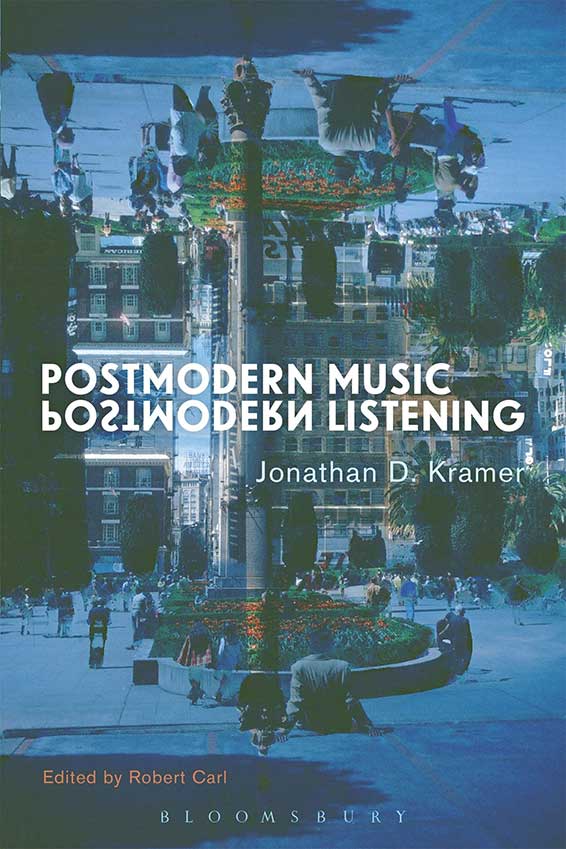
Postmodern Music, Postmodern Listening by Jonathan D. Kramer
Non-Fiction • Essays • Æsthetics • Philosophy
A brilliant treatise on Postmodernism in music approached in a Postmodern style. In attempting to define music that resists definition, Kramer invokes a pluralistic approach, drawing from many compliemntary and contradictory sources. A central thesis, Kramer contends that Postmodernism is centered not in the music, nor in a period of time, but in the mind of the listener.
Conversational in tone yet rigorous in thought, Postmodern Music, Postmodern Listening is an invaluable resource for all living composers.
Edited by my colleague Robert Carl.
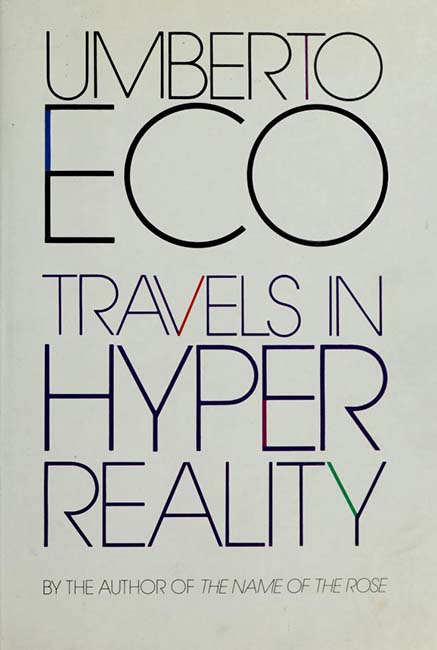
Travels in Hyperreality by Umberto Eco
Nonfiction • Essays • Semiotics
A brilliant treatise on the many realities—both contradictory and complementary—that permeated the United States in the mid-1970s, many of which still exert pressure on our lives today.
From holograms, wax musea, and luxury beach resorts to the private castles of the American elite, Eco explores how representations of reality can often appear to be more real than reality itself, diving into the powerful cultural implications of such phenomena.
Eco’s humor and wit throughout the book makes this a fun and gripping read.
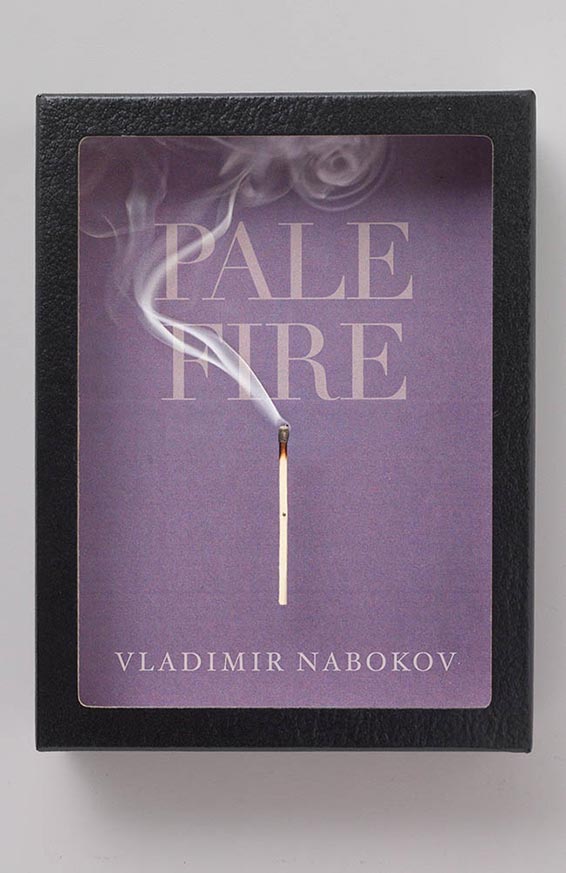
Pale Fire by Vladimir Nabokov
Fiction • Metafiction • Modernism
Say what you want about Lolita. This, in my view, is Nabokov’s masterpiece: a tour-de-force of ecstatic prose and poetry and a celebration of language itself.
Part poem, part faux academic commentary by an obsessive fanatic, Pale Fire is even more incredible when we realize that Nabokov wrote it originally in English (not in Russian, his mother tongue.)
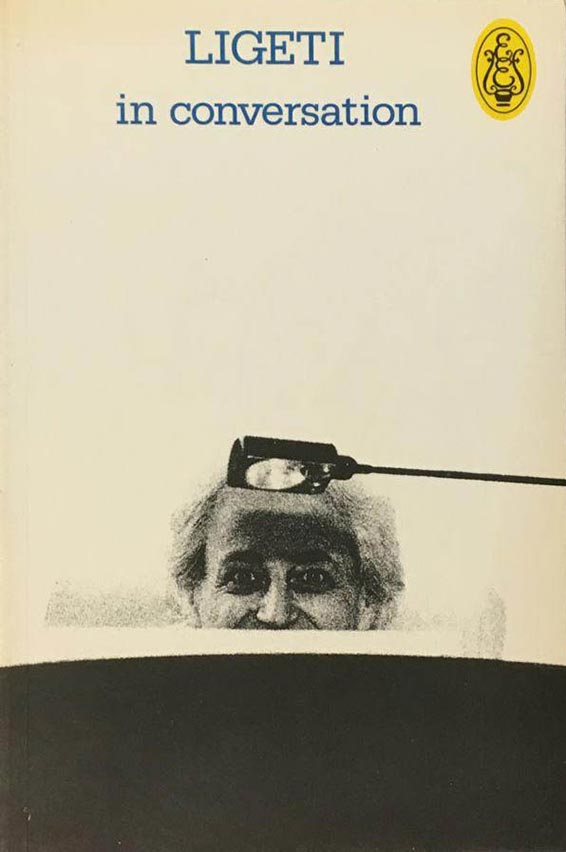
Ligeti in Conversation
with Péter Várnai, Josef Häusler, Claude Samuel, and Himself
Non-Fiction • Interviews • Æsthetics • Biography
This trascription and translation of four interviews with composer György Ligeti is an invaluable window into the boundless wit and creativity of his psyche.
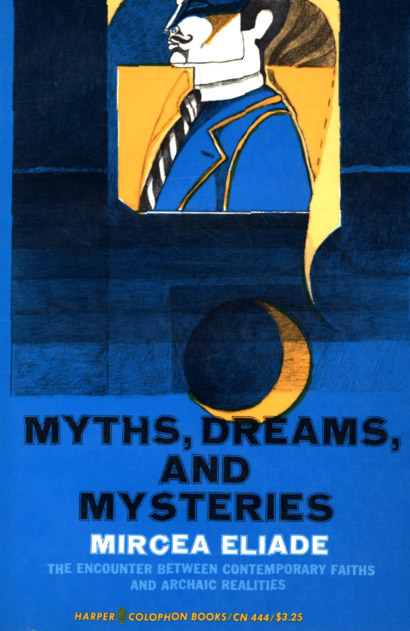
Myths, Dreams, and Mysteries
by Mircea Eliade
Non-Fiction • Essays • Religious Anthropology
Eliade’s ideas of hierophany, the Eternal Return, the function of myth and ritual, as well as his extension of Emile Durkheim’s Sacred/Profane dichotomy to encompass Sacred Time, have been deeply influencial on my artistic philosophy.
Eliade was—and remains—problematic in many ways.1It needs to be said that while Eliade had many incredible insights into the way we experience reality, he was also—like many anthropologists of the mid-20th Century, and indeed, today—a white dude guilty of academic colonialism, often overgeneralizing about non-Western religions and engaging in Orientalist discourse. To make matters worse, Eliade also harbored extremely problematic ethnopolitical views, including ties to fascist and antisemitic groups in the 1930s.
This should all evoke a whole-hearted yikes from the reader, as it does for me. Suffice it to say, it’s important to take Eliade’s ideas about cultures not his own with a coarse grain of salt. This said, Eliade’s ideas on Hierophany and Eternal Return—which several articles of mine reference and build upon—say quite a lot about Western perceptions of reality, and are extremely compelling ideas as long as one understands that they are broad hypotheses that only represent one limited view of human phenomenology. While some of his theories are met with criticism by contemporary anthropologists, many still speak quite deeply to me about the way we experience art.
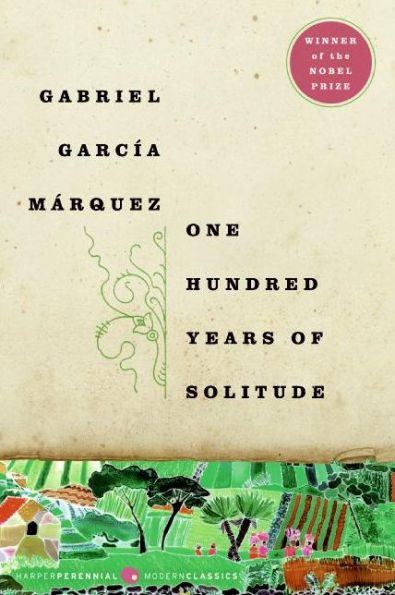
One Hundred Years of Solitude
by Gabriel García Márquez
Fiction • Mythical Realism
Márquez’s 1967 multigenerational odyssey is, for good reason, considered the acme of Magical Realism. Having read it, however, it strikes me that Magical Realism is a bit of a misnomer. Having lived in Latin America for twelve years, there are several scenes in the book which—though they may sound crazy—could very reasonably be expected to happen in a town in Puerto Rico, or, indeed, a village in Colombia.
Mythical Realism seems a better descriptor. To me, the magic isn’t so much in the strange events themselves, but rather in the storytelling itself, where myth and reality coalesce into unshakable truth.
Haven’t cracked Cholera yet, but I’m excited to!
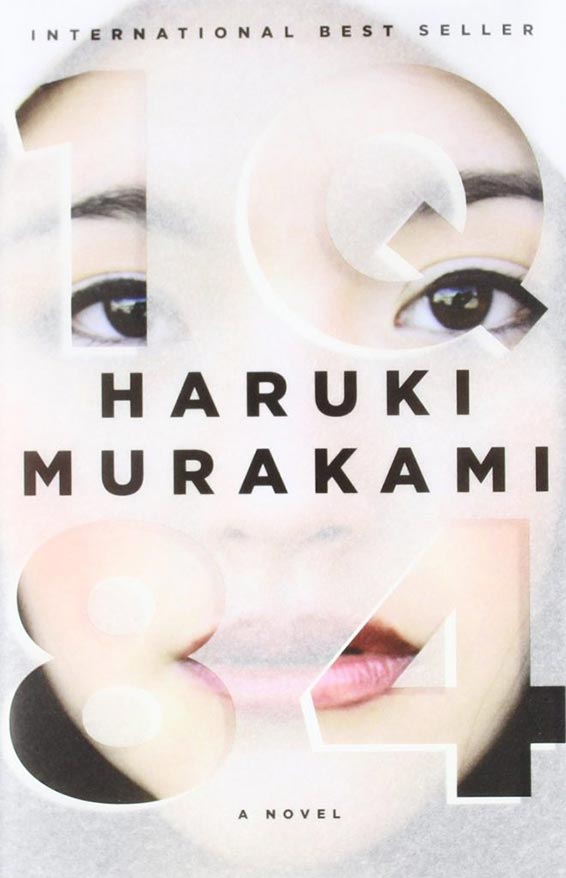
1Q84 by Haruki Murakami
Fiction • Magical Realism • Surrealism
This book is insane. It’s a masterclass on narrative structure, pacing, and dramatic irony. Throughout, Murakami creates a subtle sense of unease, as if reality is beginning to slowly peel away at the seams, against a beautiful background of indelible ennui.
Janáček’s Sinfonietta also figures prominently, so if you’re into that piece, check it out. Currently working through Murakami’s Killing Commendatore and having a blast.
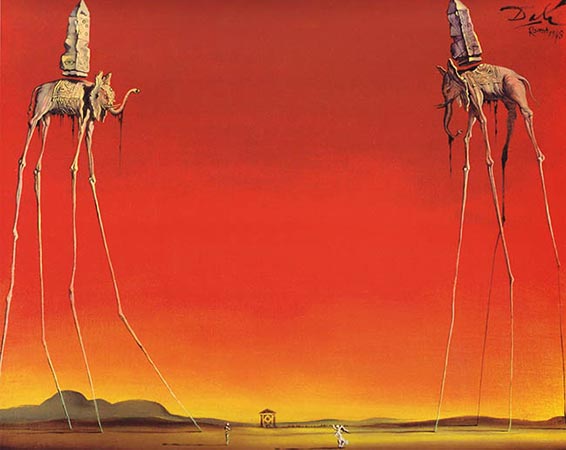
Los Elefantes by Salvador Dalí
Painting • Oil • Surrealism
It just says everyting I ever wanted to say.
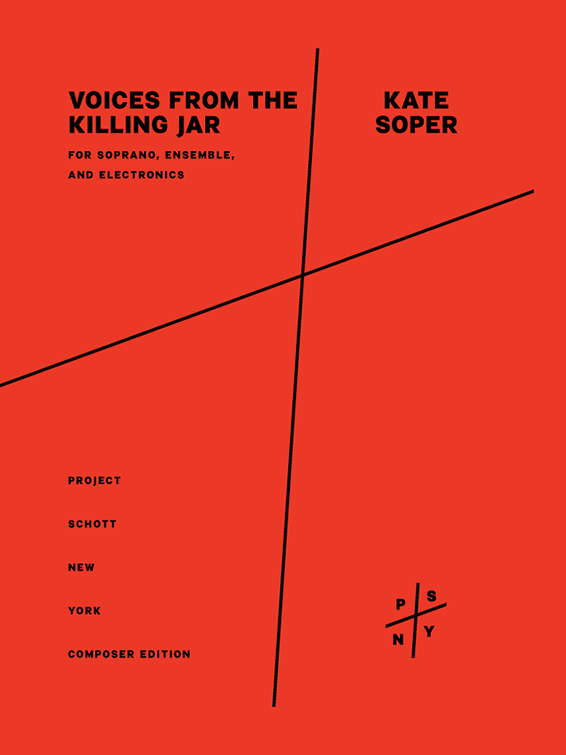
Voices From The Killing Jar by Kate Soper
Music • Contemporary Music
I’ve been a huge fan of Kate Soper’s work since first hearing this seven-movement masterpiece for soprano and ensemble.
I espeically love the end of the fifth movement (V. Mad Scene: Emma Bovary) for how it collides two disparate realities together.
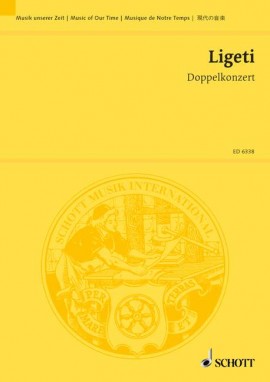
Double Concerto by György Ligeti
Music • Modernism
While the Chamber Concerto was perhaps more influencial for me on a formative level, I’m just so in love with this piece I need to tell everyone I meet. It’s a total Ligeti hipster-deep-cut, but it’s totally dope and you need to check it out.
The Double Concerto is scored for flute, oboe, and chamber orchestera, but the orchestra is full of oboes and flutes (including a delicious oboe d’amore) and the flute soloist doubles on alto and bass. Aside form the usual illusory Ligetian techniques and metamorphic Escheresque gestures, the way he approaches color in the Double Concerto—especilly in the first movement—is da bomb dot com.
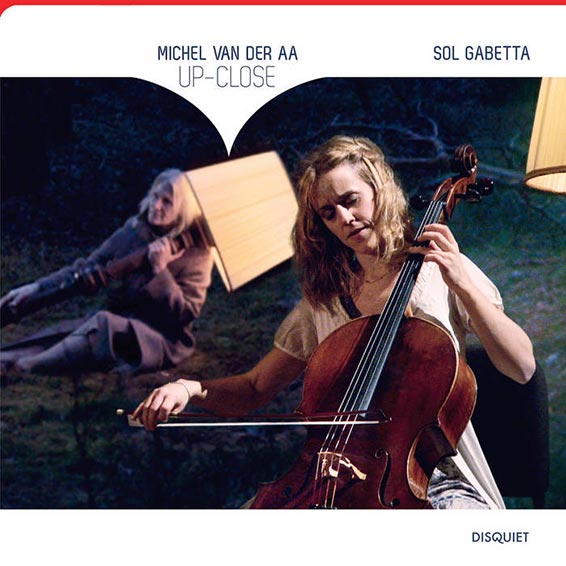
Up Close by Michel van der Aa
Music • Fiction • Multimedia • Surrealism
Michel van der Aa’s Grawemeyer-winning cello concerto, Up-Close really catalyzed the broadening of my artistic identity from composer to interdisciplinary artist. Van der Aa’s use of live multimedia is amazing, and I can’t wait until my technique is as honed as his and I’m able to create experiences that truly immerse the audience in alternate spaces and times.
A full post on what I love about Up-Close would take too long, but I will mention that I’ve become obsessed with the idea of treating performers like characters, who are performing diegetically within their own narratives. There’s also beautifully use of material synecdoche throughout.2Material Synecdoche is a term ostensibly coined by Wes Anderson to mean “objects, locations, or articles of clothing that define whole personalities, relationships, or conflicts.” Matt Zoller Seitz, “The Substance of Style, Pt 4,” Moving Image Source, April 9, 2009.
The humble beginning of my exploration of some of these ideas materialized in Wake Up, Gracie. More to come.
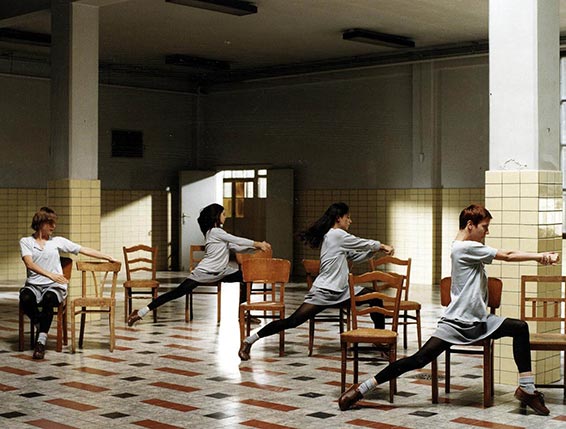
Rosas Danst Rosas by Anne Teresa de Keersmaeker
Contemporary Dance • Multimedia
Rosas Danst Rosas is an amalgamation of dance, music, and video.3Music and video by Thierry de Mey.
I love the gestural choreoghraphy and how suddenly they switch affect bewteen each gestural “frame.” The powerful emotionality of these gestures and the women who perform them is counterbalanced by a highly combinatorial pattern that advances like clockwork.
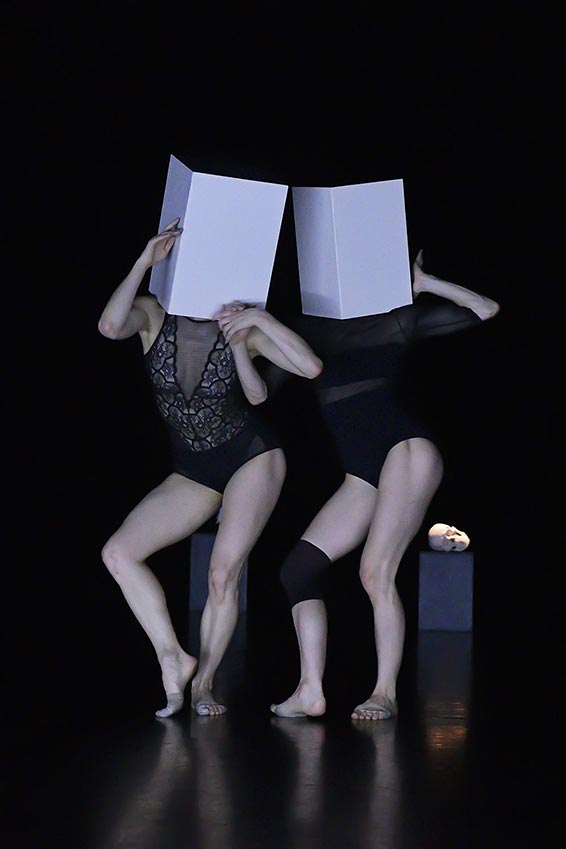
Still Life by Angelin Preljocaj
Dance • Ballet • Contemporary
Still Life is a contemporary ballet that I saw performed at La Villette in Paris in 2018 during ManiFeste at IRCAM. The choreography is a blend of traditional ballet and contempoaray dance. The work is highly symbolic of the human condition.
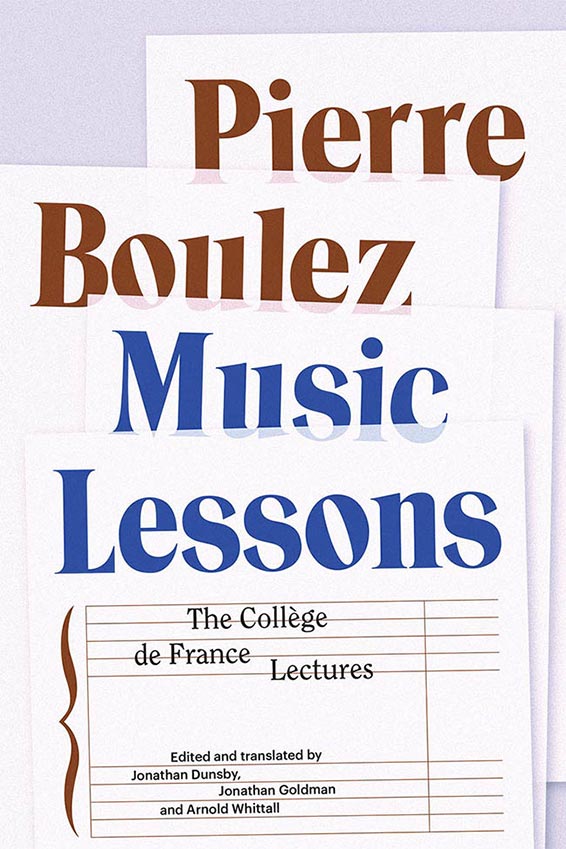
Music Lessons by Pierre Boulez
Non-Fiction • Lectures • Æsthetics
Okay so. Admittedly I havent dug into this one yet, but I just borrowed it from my friend and colleague Rob Rankin, and am gonna devour it really really soon.
More thoughts to come.
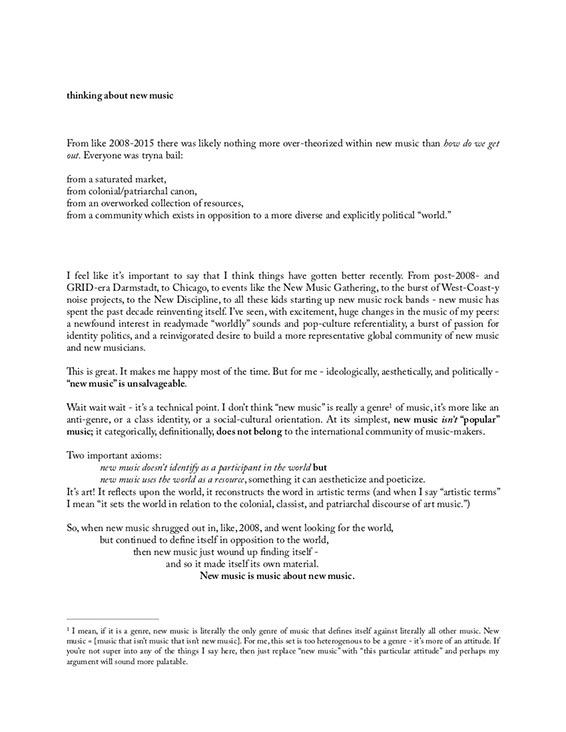
Thinking About New Music by Marek Poliks
Non-Fiction • Essay • Elitism in Music
Could it be that New Music is not a genre but a class identity?
(yes.)
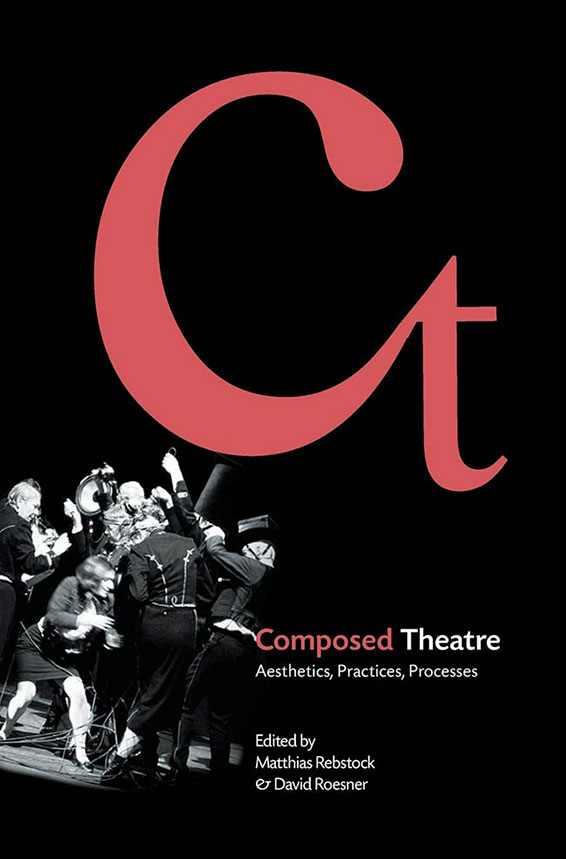
Composed Theatre: Æesthetics, Practices, Processes
ed. Matthias Rebstock and David Roesner
Non-Fiction • Essays • Intermedia • Æsthetics
This is a lovely colletion of essays on the creation of music with integrated theatrical elements, or of theatre that is guided by musical processes.
• • •
Notes
1 It needs to be said that while Eliade had many incredible insights into the way we experience reality, he was also—like many anthropologists of the mid-20th Century, and indeed, today—a white dude guilty of academic colonialism, often overgeneralizing about non-Western religions and engaging in Orientalist discourse. To make matters worse, Eliade also harbored extremely problematic ethnopolitical views, including ties to fascist and antisemitic groups in the 1930s.
This should all evoke a whole-hearted yikes from the reader, as it does for me. Suffice it to say, it’s important to take Eliade’s ideas about cultures not his own with a coarse grain of salt. This said, Eliade’s ideas on Hierophany and Eternal Return—which several articles of mine reference and build upon—say quite a lot about Western perceptions of reality, and are extremely compelling ideas as long as one understands that they are broad hypotheses that only represent one limited view of human phenomenology.
2 Material Synecdoche is a term ostensibly coined by Wes Anderson to mean “objects, locations, or articles of clothing that define whole personalities, relationships, or conflicts.” Matt Zoller Seitz, “The Substance of Style, Pt 4,” Moving Image Source, April 9, 2009, http://www.moving
3 Music and video by Thierry de Mey.



